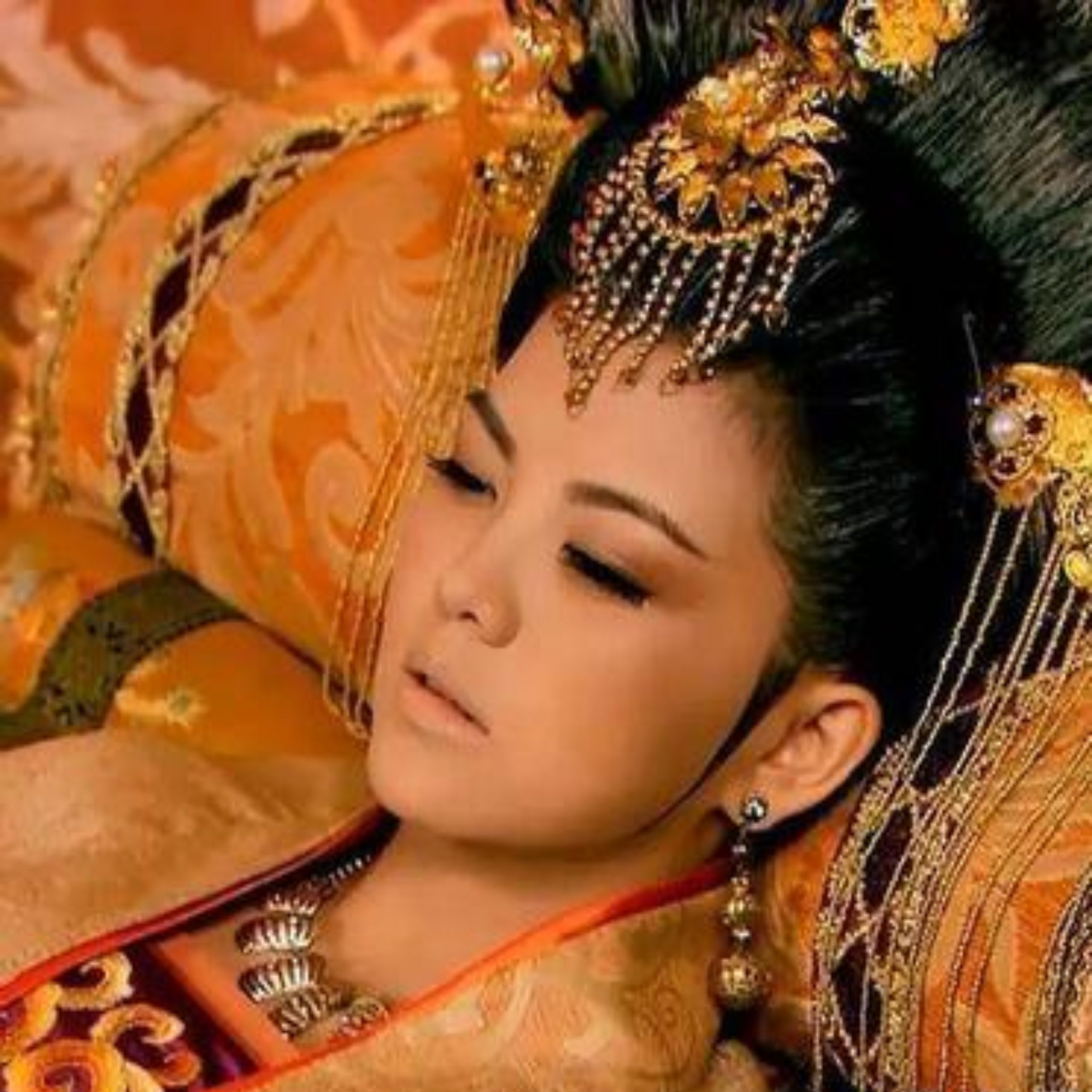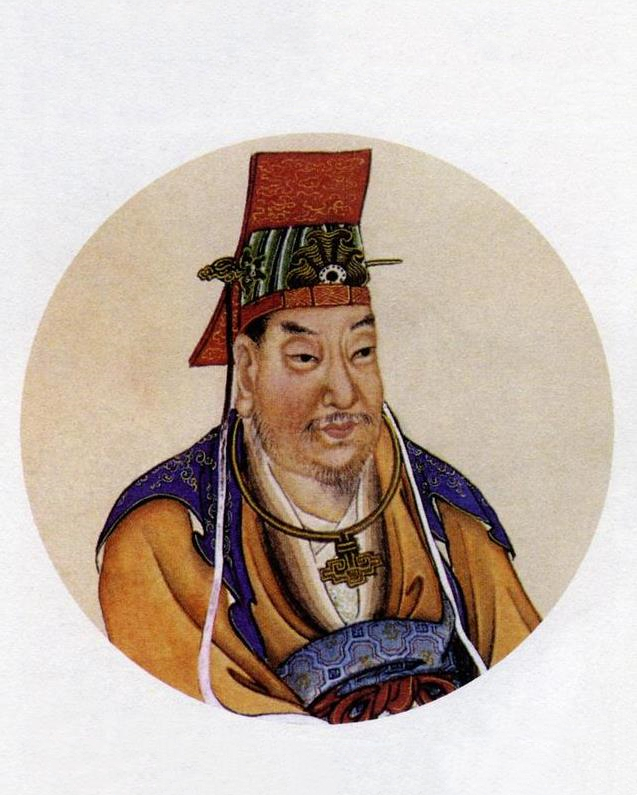In movies and TV dramas, we often see a scene where the emperor visits his concubine and chooses her to have sex by flipping through signs. The sign, also known as the green head sign, bears the names of the concubines. Every evening at dinner, the eunuchs of the Imperial Household Department put the green head plaque on a plate for the royal family to choose from. All the lucky concubines had corresponding plaques, and the emperor would flip the plaque over whichever one he liked. Then, the eunuch first informed the concubine to prepare for the relevant matters.

The emperor has supreme power, with three thousand beauties in the harem. Flipping signs is a manifestation of this imperial power. If the emperor likes any concubine, he can visit frequently. Of course, for concubines who do not win the favor of the emperor, they may end up in the cold palace for the rest of their lives, let alone having children for the emperor.
Therefore, this system is to some extent unfair. Is there a relatively fair sleeping system for women in the harem? There must be, the Tang Dynasty’s harem attendant sleeping system was full of humanization in terms of personnel selection and time arrangement.
Originally, Tang emperors chose their favored concubines based on the lunar phase.

As we all know, the moon has phases of yin, clear, round, and incomplete, which are the external manifestations of the moon’s phases. Generally speaking, the fifteenth day of each month is the full month, followed by gradual fullness and gradual deficiency. In the Tang Dynasty, there was a strict system of rank in the imperial harem, with the empress holding the highest position. The other concubines mainly included the fourth wife, ninth wife, twenty seventh wife, and eighty-one imperial wife, with different ranks and treatment. Reflected in the attendant’s sleeping quarters, the higher the rank, the more likely one is to be honored by the emperor first.
When the moon phase is linked to the Tang Dynasty’s sleeping system, everything has an inherent logic. 15、 On the day of the 16th lunar month, it is exclusively for the empress, and before and after it, it is for other concubines. Specifically, from the first to the ninth day of the lunar new year, she is the imperial wife, from the tenth to the twelfth day, she is the concubine, and from the thirteenth day, she is the nine concubines; Fourteen is Madam. After sixteen, it is determined by the level of status.
Of course, this is only theoretical. In practical operation, due to issues such as menstruation and illness, the emperor cannot follow this rule. For this reason, a “female historian” was specially set up in the Red Palace to adjust the sleeping arrangements based on the lunar phase.
It seems that the emperor rotated positions according to the lunar phase, and every concubine in the harem had the possibility of being blessed, truly achieving fairness. Some people say that the status of women in the Tang Dynasty was relatively high, which is a direct reflection. The emperor belongs to everyone, and the concubines in the harem are all favored.
Is that really the case? On the one hand, the emperor’s body is definitely unbearable, and he has also lost the freedom of choice. It is estimated that the emperor is not willing to do so from the bottom of his heart; On the other hand, theoretically, the emperor could achieve equal distribution of rain and dew, but there were numerous concubines in the imperial harem, such as 81 imperial wives and 27 imperial concubines, which could not be coordinated solely based on the lunar phase. For young and gentle harem beauties, this is undoubtedly another form of devastation.



